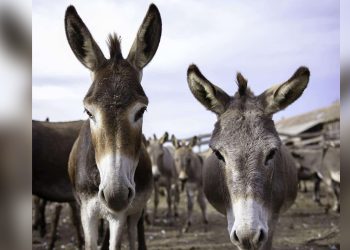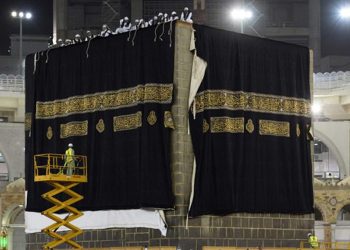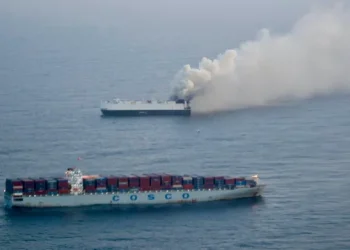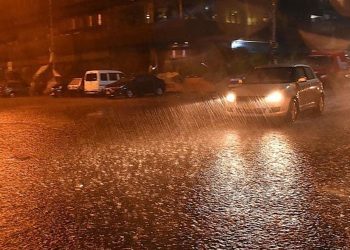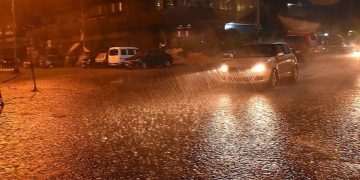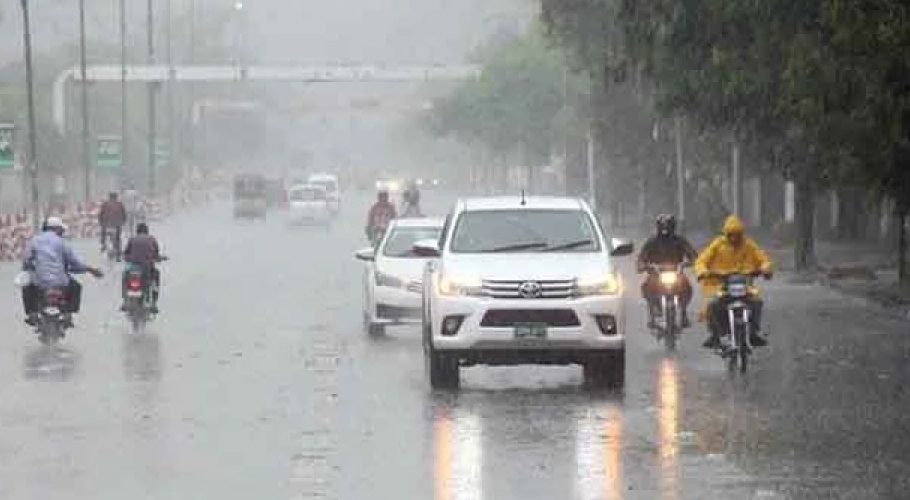OTTAWA: The remains of 215 children, some as young as three years old, have been discovered on the grounds of a former boarding school set up more than a century ago to assimilate Canada’s indigenous communities.
A specialist used ground-penetrating radar to confirm the remains of the students who attended the school near Kamloops, British Columbia, the local Tk’emlups te Secwepemc tribe said in a statement.
“Some were as young as three years old,” said chief Rosanne Casimir, calling it “an unthinkable loss that was spoken about but never documented” by school administrators.
Its preliminary findings are expected to be released in a report next month, she said. In the meantime, the tribe is working with the coroner and museums to try to shed further light on the horrific discovery and find any records of these deaths. It is also reaching out to the students’ home communities across British Columbia and beyond.
The “distressing” discovery of the remains “breaks my heart,” Prime Minister Justin Trudeau said in a Twitter message. “It is a painful reminder of that dark and shameful chapter of our country’s history,” he said.
His comments were echoed by Crown-Indigenous Relations Minister Carolyn Bennett who also offered government support to the families and indigenous communities for their “healing as we honour loved ones lost.”
Yesterday’s news of the discovery of 215 bodies found in the area around the Kamloops Indian Residential School is once again a reminder of the harms families and survivors suffered and are still suffering.
2/3
— Carolyn Bennett (@Carolyn_Bennett) May 29, 2021
150,000 Indian, Inuit and Metis children enrolled
The Kamloops Indian Residential School was the largest of 139 boarding schools set up in the late 19th century, with up to 500 students registered and attending at any one time. It was operated by the Catholic Church on behalf of the Canadian government from 1890 to 1969.
Some 150,000 Indian, Inuit and Metis youngsters in total were forcibly enrolled in these schools, where students were physically and sexually abused by headmasters and teachers who stripped them of their culture and language.
These experiences are blamed for a high incidence of poverty, alcoholism and domestic violence, as well as high suicide rates, in their communities.
A truth and reconciliation commission identified the names or information about at least 3,200 children who died from abuse or neglect while attending a residential school. The exact number remains unknown.
At the Kamloops school, the principle in 1910 had raised concerns that federal funding was insufficient to properly feed the students, according to the Tk’emlups te Secwepemc statement.
Ottawa formally apologised in 2008 for what the commission later termed a “cultural genocide” as part of a Can$1.9 billion (US$1.6 billion) settlement with former students.








